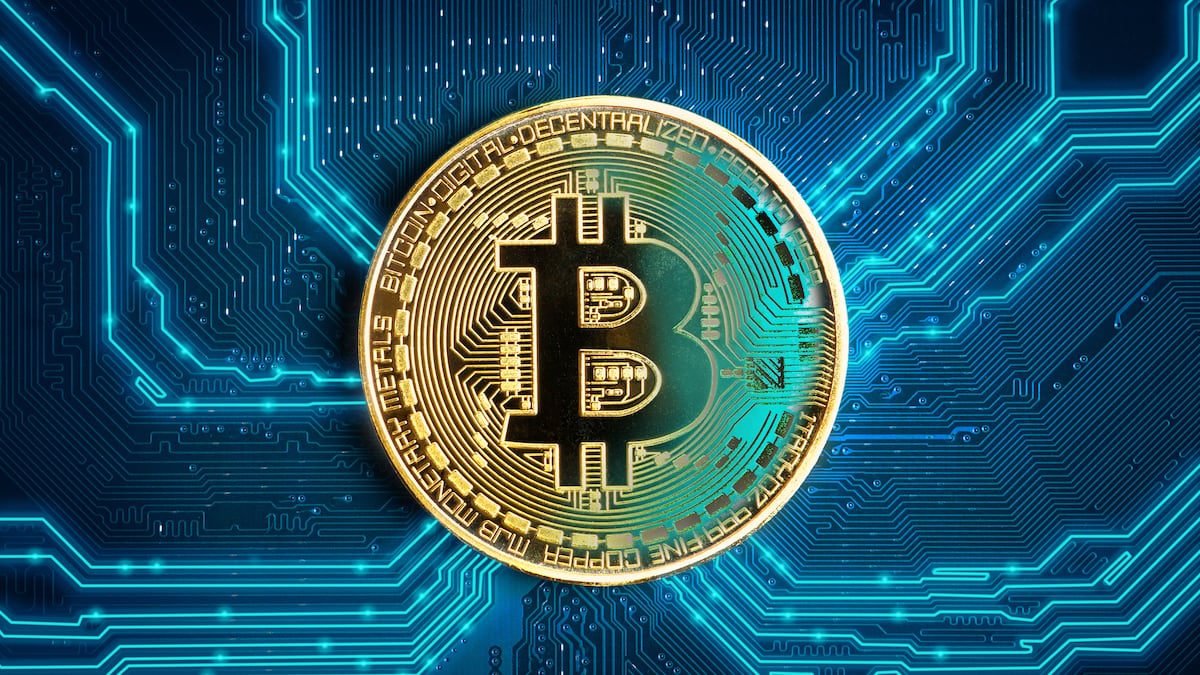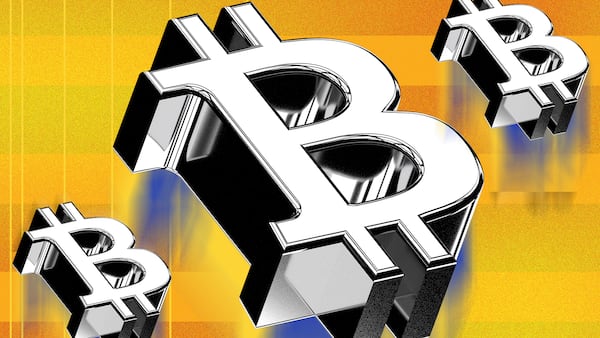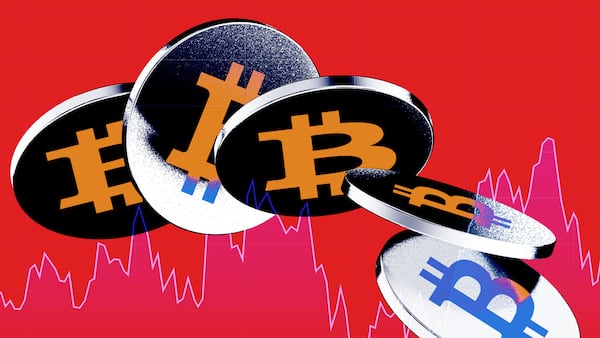- Bitcoin Core version 30 to allow for a larger OP-RETURN limit.
- Almost 90% of all nodes run the Bitcoin Core client.
- Bitcoin network activity is at a two-year low.
Bitcoin Core is the most popular software for accessing the $2 trillion Bitcoin blockchain; it accounts for almost 90% of all nodes, so when there is a change to one of its features, this is a very big deal.
And on Monday, Gloria Zhao, a Bitcoin Core developer, kicked a hornets nest when she made an upgrade to the software. Zhao finalised a change that would relax filters on nonfinancial transactions.
Dissent on the Bitcoin Core forum suggests the decision, though publicly executed, wasn’t backed by broad agreement in the dev community.
While this may all sound highly technical, it matters — Zhao’s upgrade may trigger rifts among network participants,
“There was no clear consensus on this, and therefore [the upgrade] should have never been merged,” said one community member who goes by Juanitoddd. “This is a disgraceful precedent; there is no consensus for this change,” chimed another member who goes by Lordnakamoto.
The upgrade focuses on changes to the parameters for filtering OP_RETURN data on the Bitcoin Core software.
OP_RETURN is the sanctioned “data graffiti wall” for Bitcoin.
It allows users to append metadata to a Bitcoin transaction without affecting its financial function. This metadata can include things like text, pictures, or digital signatures.
But there’s a strict size limit. Each OP_RETURN can carry just 83 bytes of data, and a Bitcoin transaction block can accommodate a maximum of 84 kilobytes of OP_RETURN outputs.
That’s miniscule for people who want to embed data for applications like NFTs or memecoins.
Such users have turned to workarounds like Inscriptions, which allow them to use the scripting architecture provided by the Taproot upgrade to smuggle data files directly onto the chain.
Inscription protocols like Ordinals created a buzz on Bitcoin as it pushed the network towards more functionality akin to blockchains like Ethereum.
And that’s a goal of a faction within the Bitcoin community that wants to simulate smart contract programmability on the network.
But Zhao has now lifted the lid on this restriction.
Following the move, the next version of the software, scheduled for release in October, will not have any size restrictions by default. Still, users will be able to configure the software to set their own limit of up to four megabytes.
Zhao’s actions seemingly legitimise the efforts of the Bitcoin DeFi crowd.
She and other supporters of the update say the move brings Bitcoin Core in line with the current realities of the Bitcoin block space market, where miners already endorse transactions with smuggled data files.
But Bitcoin traditionalists, those who staunchly maintain that the network is strictly for financial transactions, aren’t buying the framing. Critics like Bitcoin evangelist Jimmy Song said the move was going to “age like a bad tattoo.”
Those who oppose the move say bad actors will abuse the larger capacity for data files to spam the network.
They say legitimate financial transactions will become squeezed out amid the network bloat and make it expensive for node runners to participate in securing the blockchain.
There’s also an ideological component to the tiff.
Hardcore Bitcoin maximalists say the move is an assault by “shitcoin enablers.” And they aren’t being rhetorical: “shitcoin” is a pejorative for all cryptocurrencies, and it often doubles as a rallying cry for Bitcoin purists who view Bitcoin as a monetary system, not a data playground.
On the other hand, the Bitcoin DeFi crowd points to declining activity on the network despite its price soaring to a new all-time high above $111,000. Bitcoin’s network activity is at a two-year low, which poses challenges for miners who earn money from transaction fees in addition to the block rewards for their activity.
With each halving, the block reward reduces by 50%; it’s 3.125 Bitcoin, about $312,500 at the current market price, until the next halving in 2028.
Given the competitive nature of Bitcoin mining, supporters of the move say miners can continue to earn revenue if Bitcoin network activity picks up, and that’s only going to happen if the blockchain supports applications like NFTs and memecoins.
Osato Avan-Nomayo is our Nigeria-based DeFi correspondent. He covers DeFi and tech. Got a tip? Please contact him at osato@dlnews.com.









